The Sun is a powerhouse of energy that fuels life on Earth and drives the dynamics of our solar system. Yet, despite its constant presence in our lives, the Sun still holds many mysteries that scientists are working to unravel. From intense solar flares to mysterious magnetic fields, its activities influence not only the space surrounding Earth but also the technology we rely on daily. Solar storms can interfere with satellite communications, power grids, and even GPS signals, making it crucial to understand and predict the Sun’s behavior. This is where solar observatories come in – they offer valuable insights by monitoring solar activity, studying its structure, and capturing data from layers of the Sun previously unseen.
Across the globe and beyond Earth’s atmosphere, these observatories use cutting-edge technology to explore the Sun from unique perspectives. Some observatories orbit close to the Sun, capturing details of its outer corona, while others stay in constant orbit around Earth to provide uninterrupted images and data. Each observatory plays a key role in advancing our knowledge, revealing the solar processes that affect the entire solar system and ultimately deepening our understanding of how the Sun shapes space weather. By exploring these extraordinary observatories, we gain a glimpse into the advancements that bring us closer to solving the mysteries of our nearest star.
Contents
Solar and Heliospheric Observatory (SOHO)
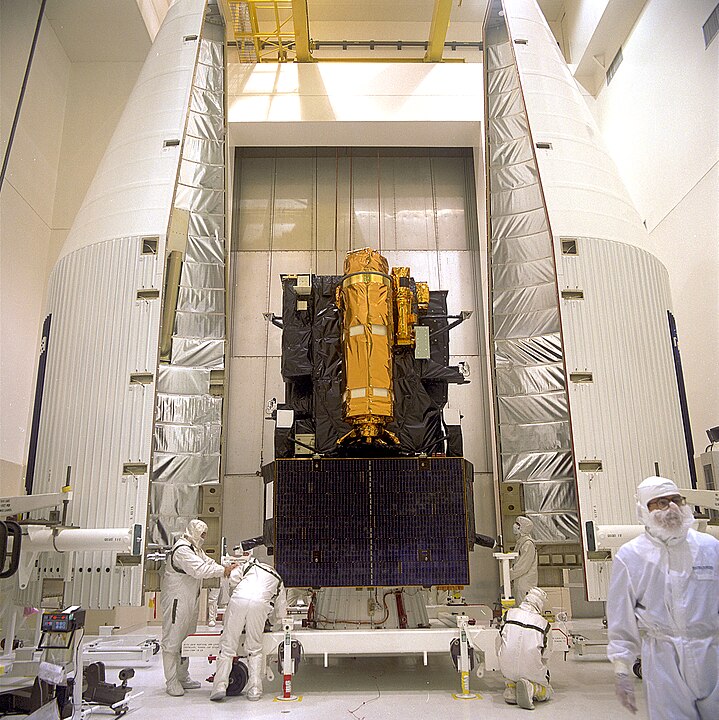
SOHO, launched in 1995 by a partnership between NASA and ESA, continuously observes the Sun from the first Lagrange point, a stable orbit where it can maintain a constant view. By monitoring solar activities such as sunspots, solar flares, and coronal mass ejections, SOHO has been instrumental in advancing our understanding of space weather and its impacts on Earth. The observatory provides real-time data that help scientists forecast solar storms, which can disrupt satellite communications and power grids on Earth. SOHO’s observations of the solar corona and heliosphere have been foundational for solar research, revealing critical insights into the Sun’s outer layers and the solar wind’s dynamics.
Parker Solar Probe

NASA’s Parker Solar Probe, launched in 2018, has redefined close solar observation by traveling closer to the Sun than any other spacecraft, with plans to reach within 4 million miles of the Sun’s surface. This probe gathers data directly from the corona, the Sun’s outer atmosphere, where temperatures soar into the millions of degrees. By studying particles, magnetic fields, and energy flows, Parker Solar Probe is uncovering mysteries about solar winds and the mechanisms that heat the corona. Its unprecedented proximity allows it to capture details about the solar environment that no other mission has achieved, making it a breakthrough mission for understanding the Sun’s influence on the solar system.
Solar Dynamics Observatory (SDO)
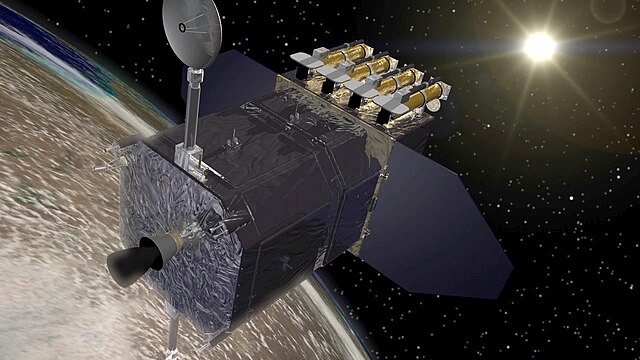
The Solar Dynamics Observatory, launched by NASA in 2010, provides high-definition images of the Sun across multiple wavelengths every few seconds, allowing scientists to study its complex magnetic field structures and dynamic solar phenomena. SDO’s continuous monitoring of solar activity enables a detailed study of sunspots, solar flares, and the Sun’s magnetic field, contributing to our knowledge of how these factors influence space weather. SDO has been pivotal in observing the solar cycle, tracking changes in the Sun’s behavior, and investigating how solar activity affects Earth’s climate and space environment.
Daniel K. Inouye Solar Telescope (DKIST)
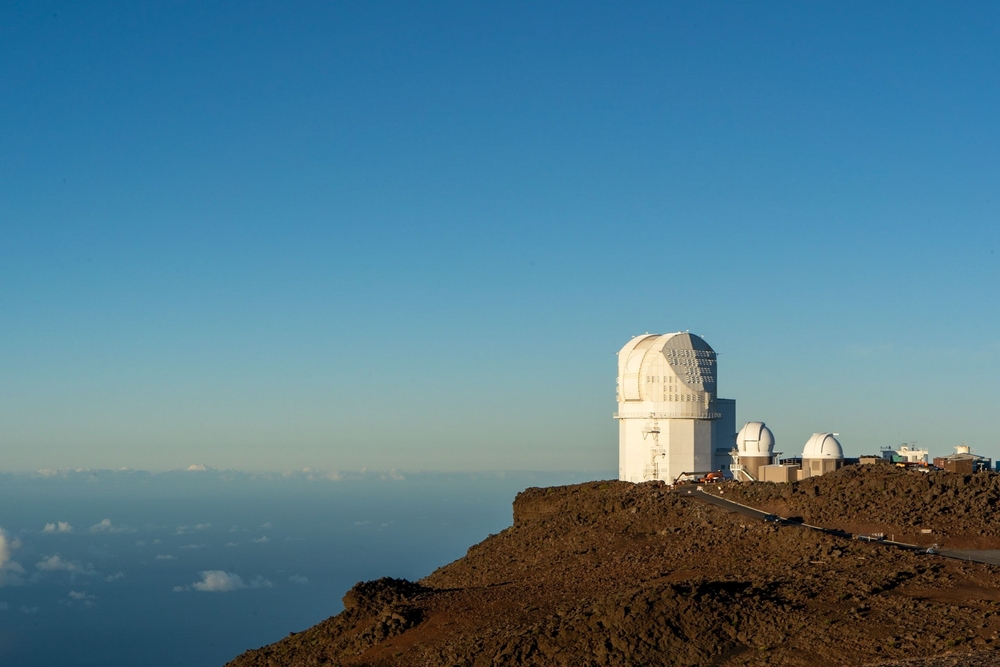
Situated in Hawaii, the Daniel K. Inouye Solar Telescope is the largest ground-based solar telescope, providing the sharpest images of the Sun’s surface. Operational since 2020, DKIST can resolve features as small as 30 kilometers, revealing unprecedented detail about solar magnetic fields and sunspots. Its powerful instruments allow researchers to study solar flares and coronal mass ejections at a resolution never before possible. DKIST’s insights are essential for understanding how magnetic fields on the Sun evolve, which is key to forecasting space weather that impacts Earth’s technological infrastructure.
Hinode (Solar-B)

Hinode, launched in 2006 as a joint mission between Japan, NASA, and ESA, focuses on the Sun’s magnetic fields and outer layers. With its X-ray and ultraviolet observations, Hinode captures fine details of the solar corona and transition region, where much of the Sun’s energy transfer takes place. This mission has helped researchers understand the link between magnetic activity on the Sun’s surface and solar storms. Hinode’s precise measurements of magnetic fields have allowed for more accurate models of solar dynamics, making it a critical mission for understanding how the Sun’s activity influences the entire solar system.
IRIS (Interface Region Imaging Spectrograph)
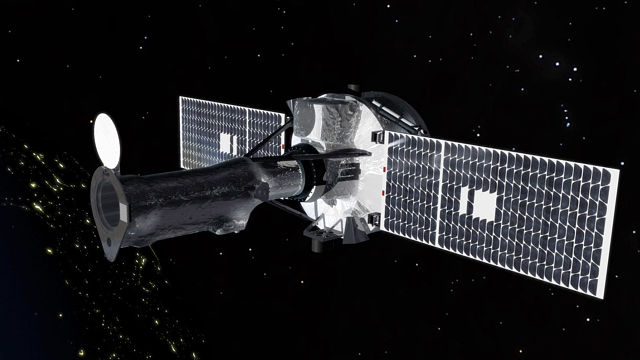
IRIS, launched by NASA in 2013, observes the Sun’s chromosphere and transition region, where energy from the Sun’s interior is channeled to the corona and out into the solar system. By capturing high-resolution images and spectra, IRIS has provided insights into how solar material moves and is heated in these regions. This data helps scientists model energy flows within the Sun and understand the triggers of solar phenomena such as flares and eruptions. IRIS’s observations are key to solving the mystery of why the corona is significantly hotter than the Sun’s surface, contributing to knowledge of solar processes that affect space weather.
TRACE (Transition Region and Coronal Explorer)
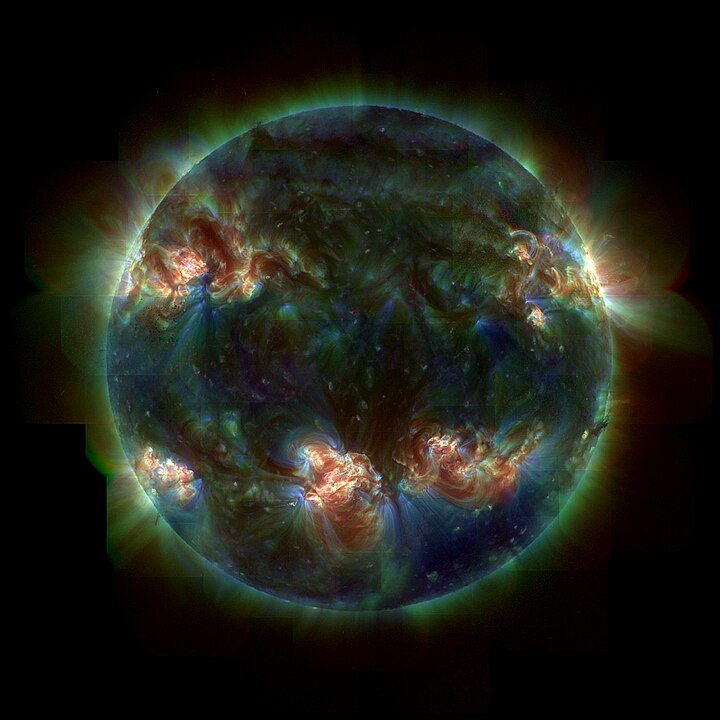
TRACE, which operated from 1998 to 2010, focused on high-resolution imaging of the Sun’s transition region and corona. Although it has since been retired, TRACE’s data set continues to be invaluable for understanding solar activity and magnetic structures. It was instrumental in studying the intricate layers of the Sun’s atmosphere and provided early insights into how magnetic fields shape solar phenomena. TRACE’s work laid the groundwork for subsequent missions like SDO and IRIS, helping build a foundation for our current understanding of solar dynamics and magnetic field interactions.
Proba-2

The European Space Agency’s Proba-2, launched in 2009, is a small but innovative satellite designed to observe the Sun’s ultraviolet and extreme ultraviolet radiation. Proba-2 focuses on studying solar eruptions, flares, and the Sun’s magnetic activity, providing critical data for space weather research. By continuously monitoring solar activity in wavelengths not visible from Earth, Proba-2 contributes valuable data on solar phenomena that can impact satellite operations, communication systems, and power infrastructure on Earth. Its compact size and specialized instruments have made it an efficient and impactful mission in solar research.
Aditya-L1
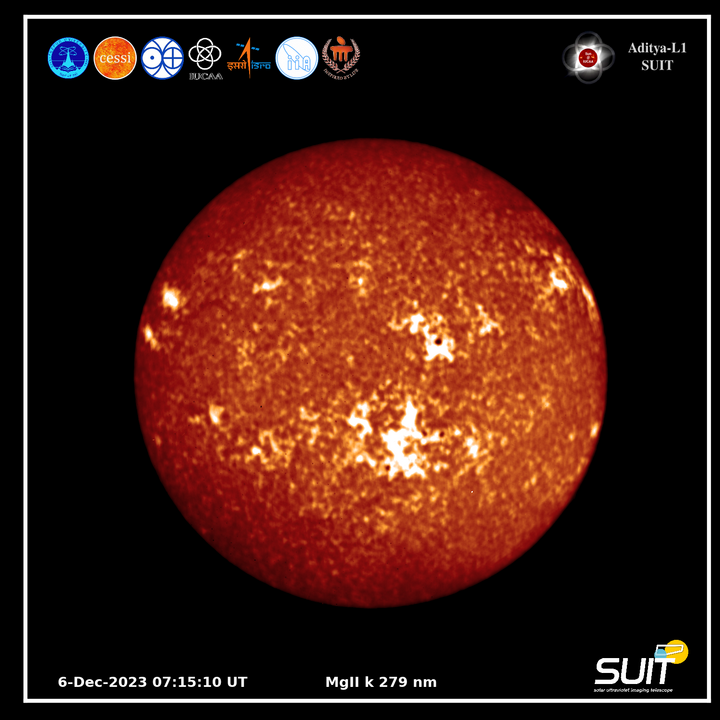
Aditya-L1 is India’s first dedicated solar observatory, designed to observe the Sun from Lagrange Point 1 (L1), providing uninterrupted views of the Sun. This observatory, equipped with instruments to study the solar corona, chromosphere, and photosphere, allows scientists to examine the Sun’s atmosphere and understand how energy and plasma flow through these layers. Aditya-L1 is expected to contribute significantly to solar science by capturing solar activities that influence space weather and providing data to improve models for predicting solar storms and their impacts on Earth.
STEREO (Solar Terrestrial Relations Observatory)
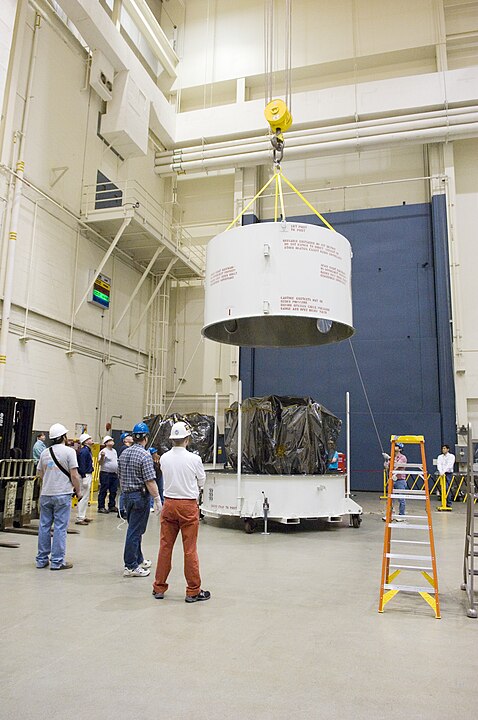
NASA’s STEREO mission, launched in 2006, consists of two spacecraft placed in orbits that provide different viewing angles of the Sun. This unique setup enables the creation of 3D images of solar phenomena, particularly coronal mass ejections. STEREO’s ability to track solar events from different perspectives has been crucial for understanding how solar storms propagate and impact the space environment around Earth. By providing a stereoscopic view of the Sun, STEREO has deepened our understanding of the Sun-Earth relationship and how solar activity affects planets in the solar system.
Solar Orbiter
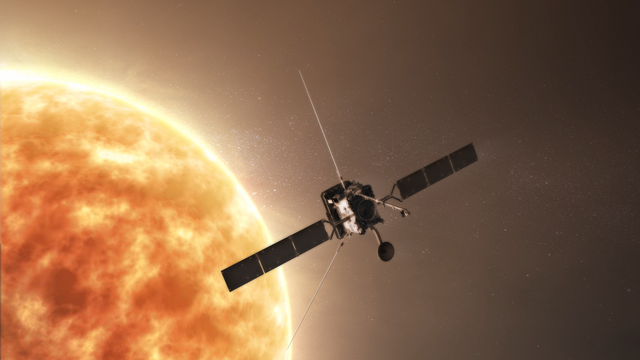
The Solar Orbiter, a joint ESA and NASA mission launched in 2020, travels close to the Sun to capture images of its unexplored polar regions, areas that play a vital role in the Sun’s magnetic activity. The spacecraft’s proximity to the Sun allows it to study how solar winds are generated and how the solar magnetic field influences the heliosphere. Solar Orbiter’s instruments capture images and data from angles never before observed, providing fresh insights into solar behavior and helping us understand the Sun’s impact on the broader solar system environment.
This article originally appeared on MyCarMakesNoise.
More from MyCarMakesNoise
10 Iconic Limited-Edition Aston Martin Cars You Need to Know

Aston Martin has a storied history of producing some of the most iconic and luxurious cars in the world. Among their most prized creations are the limited-edition models, which combine heritage, innovation, and exclusivity. Read More.
15 Infamous Concept Cars That Never Hit the Roads

Concept cars often represent the pinnacle of a brand’s innovation and creativity, showcasing groundbreaking designs and cutting-edge technologies that captivate automotive enthusiasts and industry experts alike. However, not all concept cars make it from the drawing board to the production line. Read More.
McLaren’s 15 Most Powerful Cars and the Engineering Behind Them

High-performance cars represent the pinnacle of automotive engineering, blending speed, power, and cutting-edge technology. This article explores 15 of the most remarkable high-performance cars, showcasing their unique engineering feats and what sets them apart. Read More.














